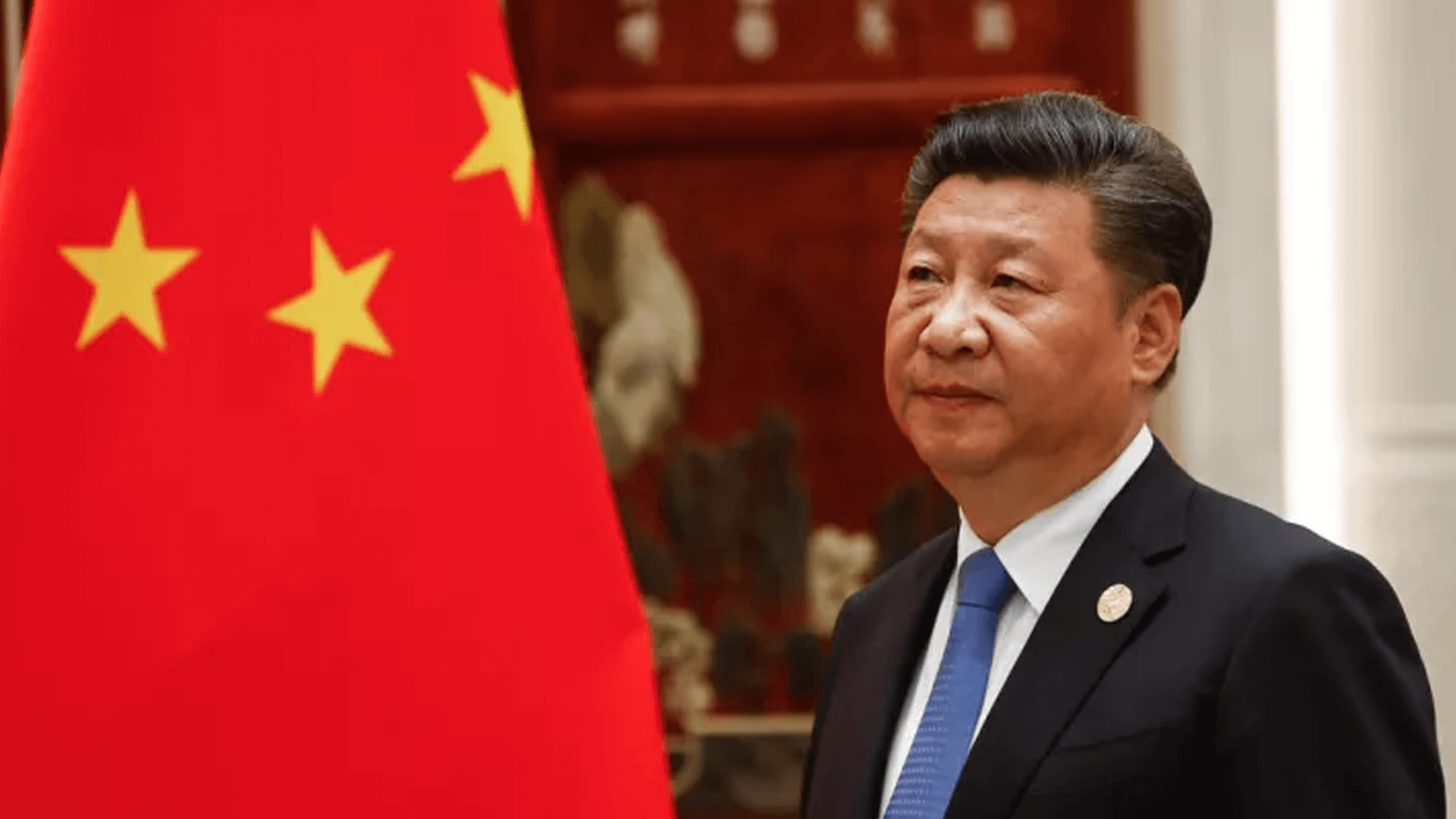- Mariliza Anastosoupoulou interviews
- Sitilides, Liberal.gr, August 25, 2023
China’s rapid power surge with its economic, technological, and military dimensions is now the first US priority, and a concern for Western states more broadly. This development threatens to shift the balance of the international system established over decades.
Liberal reached out to John Sitilides, geopolitical analyst, and Director of the Washington-based Trilogy Advisors consultancy, as to the degree of the Chinese regional and global threat. Why would a country that is a beneficiary of the international system seek to reform it?
During the recent BRICS Summit in Johannesburg, China sponsored the enlargement of the organisation with a view to creating a multipolar world order that can counterbalance Western dominance. Chinese proposals met the resistance of India and Brazil that do not wish to come directly at loggerheads with the West. China has methodically cultivated its own support base in international organisations, including the UN, using its capital investment in strategic infrastructure to leverage voting patterns. In any event, the rise of China over decades has become a point of concern for the United States, while NATO now views Chinese ambition as a “challenge to the interests, security, and values” of its member-states.
“I would argue that Washington sees in the Communist Party of China and the People’s Republic the most comprehensive strategic challenge to what we have come to call ‘a liberal world order,’ led by the United States,” Mr Sitilides argues.
The debate in the US is as to how China must be dealt with. There is a school of thought that points towards more resolute actions. Others argue that the threat of China has been exaggerated to the point of hysteria, as argued by the historian Max Boot, which could lead to an unnecessary nuclear war. At this point China is the third largest nuclear power, after Russia and the United States.
Mr. Sitilides notes that the share of national resources allocated for the development of the Chinese military has increased by 90% compared to the 1990s. “It is possible that the expedient development of this national military force is historically unprecedented and comparable only to the German forces in the 1930s. It is that simple. Therefore, we need to review China’s interests in creating this Army, when it faces no serious military threat from any country in Asia.”
Whether we speak of Japan or the Philippines and India, no state aspires to an incursion in China, to which these countries rely on for their economic and commercial welfare. “Even Taiwan’s biggest trade partner is China, while imminently threatened by China,” explains Mr. Sitilides. According to the Economists Intelligence Unit, in 2022 China dominates in the international trade in goods vis-à-vis all economies in the Asia-Pacific region.
The Chinese government has made clear that it aims to develop a power projection capability across the Indo-Pacific region, able to overwhelm Taiwan by 2027 and project power across the Pacific by 2039. “The ultimate objective is to become a global military power at par with the United States by 2049, one hundred years following the establishment of the People’s Republic of China by the Communist Party,” Mr Sitilides explains.
“Given that this is an aggressive, hostile, and totalitarian society under the supervision of the Community Party, the question is why it seeks to disrupt the international order that besides the United States has benefitted first and foremost China. No country has benefitted more than China since the United States advocated for their membership of the World Trade Organisation.” According to the World Bank, over the last 40 years 800 hundred million Chinese have been lifted out of extreme poverty.
“The significant surge in Chinese military capacity, combined with aggression against Taiwan, Vietnam, the Philippines, the challenge of Japan’s sovereign territory, threats against South Korea, and skirmishes along the Indian border suggest a war-mongering Chinese foreign policy. China’s military is quite possibly the second biggest in the world, if one takes off the equation Russia’s nuclear capability.”
In response to the question of the degree to which the Chinese threat goes beyond commercial and technological competition to become a military threat, Mr Sitilides responds that “Taiwan is certainly an objective.” China has made clear that Taiwan will united with the People’s Republic by 2049, preferably peaceful, but if necessary by force. “Other than that, I do not see a Chinese invasion plan vis-à-vis other states.”
What they want is recreate China as a Middle Kingdom, the notion of a dominant civilisation in Asia with a network of vassal states that China considers subservient societies and nation states, owing tribute to the continental colossus” China’s requires from Vietnam, the Philippines, Indonesia, and Burma to surrender sovereignty in the South China Sea, which would become a Chinese lake even across international waters, not least by laying claims over islets in the South Japanese archipelago. They affirm themselves as the Asian colossus. They want to force every other state now allied to the United States to disrupt this partnership and becomes Chinese tributaries. “That is my assessment,” by reference to Chinese documents and plans for Asia Mr. Sitilides argues.

